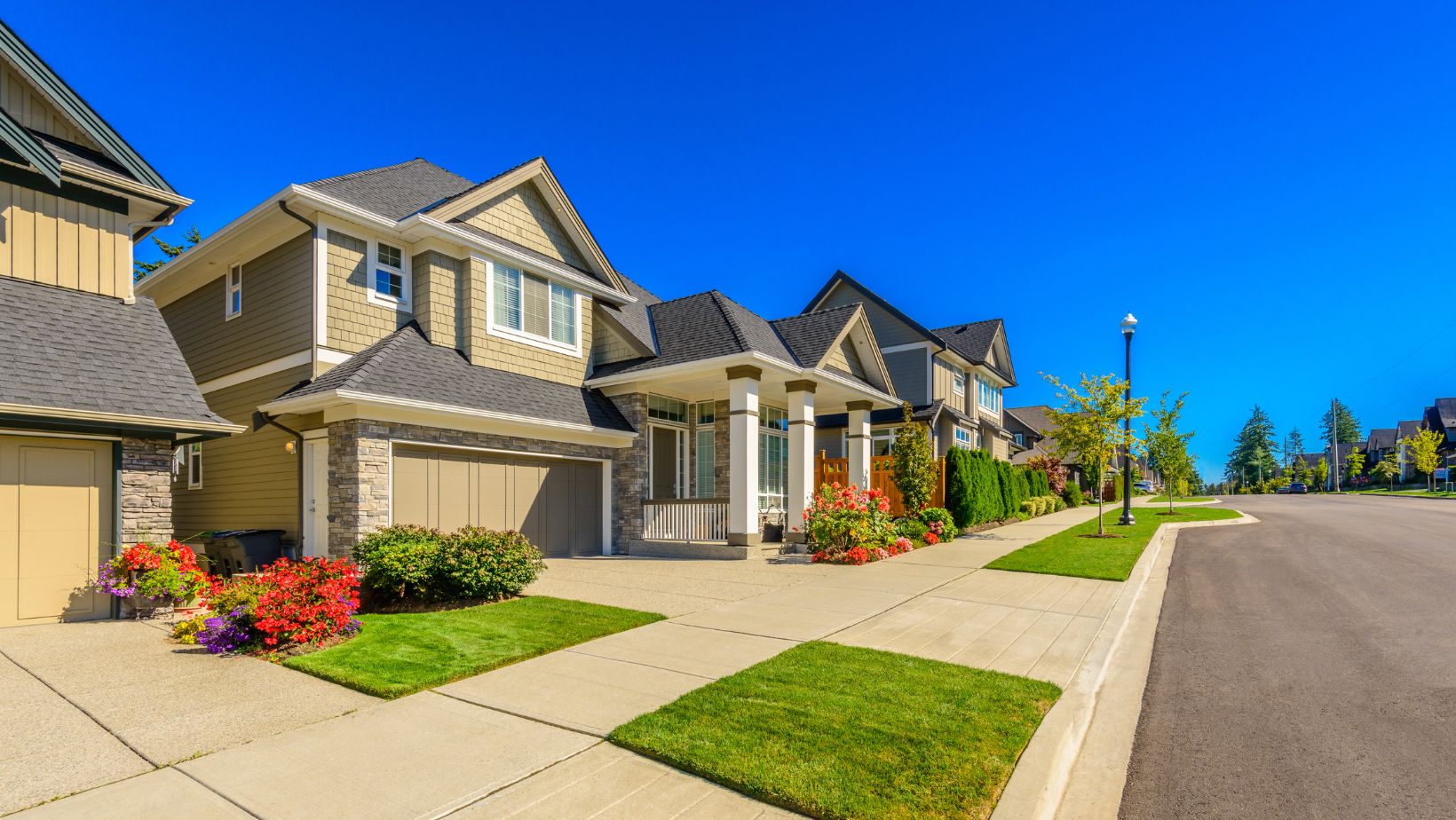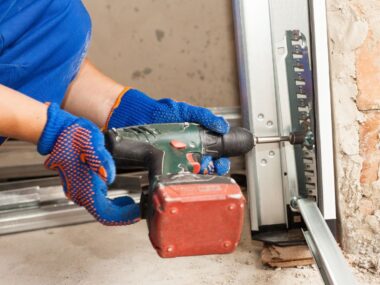Finding your dream home isn’t just about the house itself; it’s also about the neighborhood you’ll be living in every day. The right area can mean the difference between a home you love and a place you can’t wait to leave. Whether you’re looking for vibrant city life, peaceful suburbs, or a cozy coastal town, choosing wisely is key. Let’s break down everything you need to know to pick a neighborhood that fits your lifestyle perfectly.
Start by Defining Your Priorities
Before you even start browsing homes online, take a step back and think about what truly matters to you. Is it a short commute to work? Top-rated schools for your kids? Easy access to parks and outdoor activities?
List out your non-negotiables versus your “nice to haves.” Maybe being within walking distance of coffee shops is a bonus, but a quiet, low-crime environment is a must. Knowing your priorities will save you countless hours and help you avoid falling in love with a house that’s in a spot that doesn’t suit you.
It’s a good idea to think about your future too. You might love the energy of a downtown scene now, but will you feel the same way in five years? Taking a long-term view ensures your next move isn’t just perfect for today but also for the life you’re building.
Research Area Stats Like a Detective
Once you have a list of potential neighborhoods, it’s time to dig into the data. Crime rates, property values, school ratings, and even future development plans can all give you a clear picture of what life will be like.
Check out multiple sources: official city websites, real estate listing platforms, and even local news outlets. Pay attention to trends: Are property values rising? Are new businesses moving in? Neighborhoods that show signs of growth are usually good bets.
Don’t overlook the power of social media either. Join local Facebook groups or check out community forums. You’ll get honest opinions from current residents that you won’t find in a polished real estate listing.
Spend a Weekend Experiencing It for Yourself
Nothing replaces first-hand experience. Once you’ve narrowed your options down to a few areas, spend a weekend exploring each one. Walk around during different times of the day: morning, afternoon, and evening. Grab a meal at a local restaurant. Visit the grocery store. Check out parks and community centers.
Try to imagine what your daily life would look like. Would you enjoy Saturday mornings at that coffee shop? Does the noise from nearby traffic bother you at night? These small details matter much more than you might think once you move in.
If you can, talk to the locals. Most people are more than willing to share what they love (and what they don’t) about where they live. Their insights could either reinforce your choice or send you back to the drawing board.
Budget Reality Check: What You Need to Know
Even if a neighborhood ticks every box on your wish list, it won’t matter much if it’s out of your financial reach. Factor in not just the price of homes but also property taxes, homeowner association (HOA) fees, utility costs, and even things like average grocery or gas prices in the area.
It’s smart to get pre-approved for a mortgage early in your search so you know exactly what you can afford. Setting a realistic budget upfront can save you heartache later and ensure you’re looking in neighborhoods where you can comfortably live without stretching yourself too thin.
And remember: a neighborhood that seems slightly out of budget today might have homes that are older or smaller but still livable. A little compromise on the home itself can sometimes get you into a perfect location.
Look for Red Flags Before Committing
Not every neighborhood is what it seems on the surface. Some warning signs to watch for: lots of homes for sale in the same area, poorly maintained public spaces, a noticeable lack of businesses, or reports of increased crime.
You can also look into flood zones and natural disaster risks, especially if you’re buying near water. If you’re considering a move near the coast, understanding your area’s vulnerability to hurricanes or rising sea levels is critical.
If you find yourself needing help selling your current property to move quickly, services like Coastal NC Cash Offer can be a fast solution, allowing you to transition without the stress of waiting for a traditional sale.
Make Sure the Area Matches Your Energy
It’s easy to fall in love with the aesthetics of a neighborhood without considering if your lifestyle really matches the community vibe. Are you a night owl moving into a town that shuts down at 8 PM? Or a family with kids moving into a predominantly college student neighborhood?
Different neighborhoods have different personalities. Some are tight-knit with lots of block parties and neighborly chats. Others are more private, where everyone keeps to themselves. Think about what you’ll be happiest with day-to-day, not just on paper.
Amenities also matter: gyms, dog parks, libraries, theaters. Make a list of places you frequent now and see if those options exist close to your potential new home.
Think About Tomorrow, Not Just Today
What’s happening around the neighborhood you’re considering? Upcoming infrastructure projects, new schools, shopping centers, or business parks can completely change a community: sometimes for better, sometimes for worse.
It’s worth contacting the local city planning department or checking out council meeting minutes online. This way, you’ll be clued into anything major that could affect your home value or quality of life after you move in.
If the area is investing heavily in beautification projects or transportation improvements, that’s usually a good sign that the neighborhood is on the upswing. If there’s talk of a landfill moving in next door, well… maybe keep looking.








